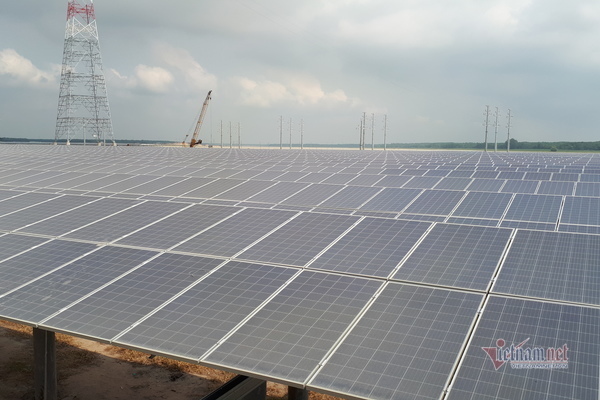 About Viet Nam
About Viet Nam  Region
Region - NORTHERN
- BẮC GIANG PROVINCE
- BẮC KẠN PROVINCE
- BẮC NINH PROVINCE
- CAO BẰNG PROVINCE
- ĐIỆN BIÊN PROVINCE
- HÀ GIANG PROVINCE
- HÀ NAM PROVINCE
- HÀ NỘI CITY
- HẢI DƯƠNG PROVINCE
- HẢI PHÒNG CITY
- HÒA BÌNH PROVINCE
- HƯNG YÊN PROVINCE
- LAI CHÂU PROVINCE
- LẠNG SƠN PROVINCE
- LÀO CAI PROVINCE
- NAM ĐỊNH PROVINCE
- NINH BÌNH PROVINCE
- PHÚ THỌ PROVINCE
- QUẢNG NINH PROVINCE
- SƠN LA PROVINCE
- THÁI BÌNH PROVINCE
- THÁI NGUYÊN PROVINCE
- TUYÊN QUANG PROVINCE
- VĨNH PHÚC PROVINCE
- YÊN BÁI PROVINCE
- CENTRAL
- SOUTHERN
- AN GIANG PROVINCE
- BÀ RỊA - VŨNG TÀU PROVINCE
- BẠC LIÊU PROVINCE
- BẾN TRE PROVINCE
- BÌNH DƯƠNG PROVINCE
- BÌNH PHƯỚC PROVINCE
- CÀ MAU PROVINCE
- CẦN THƠ CITY
- ĐỒNG NAI PROVINCE
- ĐỒNG THÁP PROVINCE
- HẬU GIANG PROVINCE
- KIÊN GIANG PROVINCE
- LONG AN PROVINCE
- SÓC TRĂNG PROVINCE
- TÂY NINH PROVINCE
- TIỀN GIANG PROVINCE
- HỒ CHÍ MINH CITY
- TRÀ VINH PROVINCE
- VĨNH LONG PROVINCE
- CENTRAL HIGHLANDS
- NORTHERN
 ECONOMIC SECTORS
ECONOMIC SECTORS - ELECTRONICS - IT - TELECOMMUNICATION
- INDUSTRY - MECHANICAL ENGINEERING
- TEXTILE & GARMENT - LEATHER & FOOTWEAR
- CERAMICS - FURNITURE - HANDICRAFTS
- JEWELRY
- PHARMACEUTICALS - HEALTH
- PAPER - PACKAGING
- POWER - ENERGY - MINERAL
- PLASTICS - CHEMICALS - RUBBER
- AGRO - FORESTRY - FISHERIES
- FINANCE - BANKING - INSURANCE
- FOODSTUFFS - BEVERAGES
- TRADE - SERVICES - TOURISM
- TRANSPORTATION - LOGISTICS
- CONSTRUCTION - BUILDING MATERIALS
- AUTO - MOTORCYCLE - BICYCLE
- EDUCATION - SCIENCE - TECHNOLOGY
 INVESTMENT
INVESTMENT  PROPERTY
PROPERTY  TOURISM
TOURISM - E-mart


 If the current low-demand situation continues for a long time, power plant owners won’t be able to have cash to pay bank debts, or will have to restructure payments, extending the payment time to 11 years from seven years.
If the current low-demand situation continues for a long time, power plant owners won’t be able to have cash to pay bank debts, or will have to restructure payments, extending the payment time to 11 years from seven years. .
.